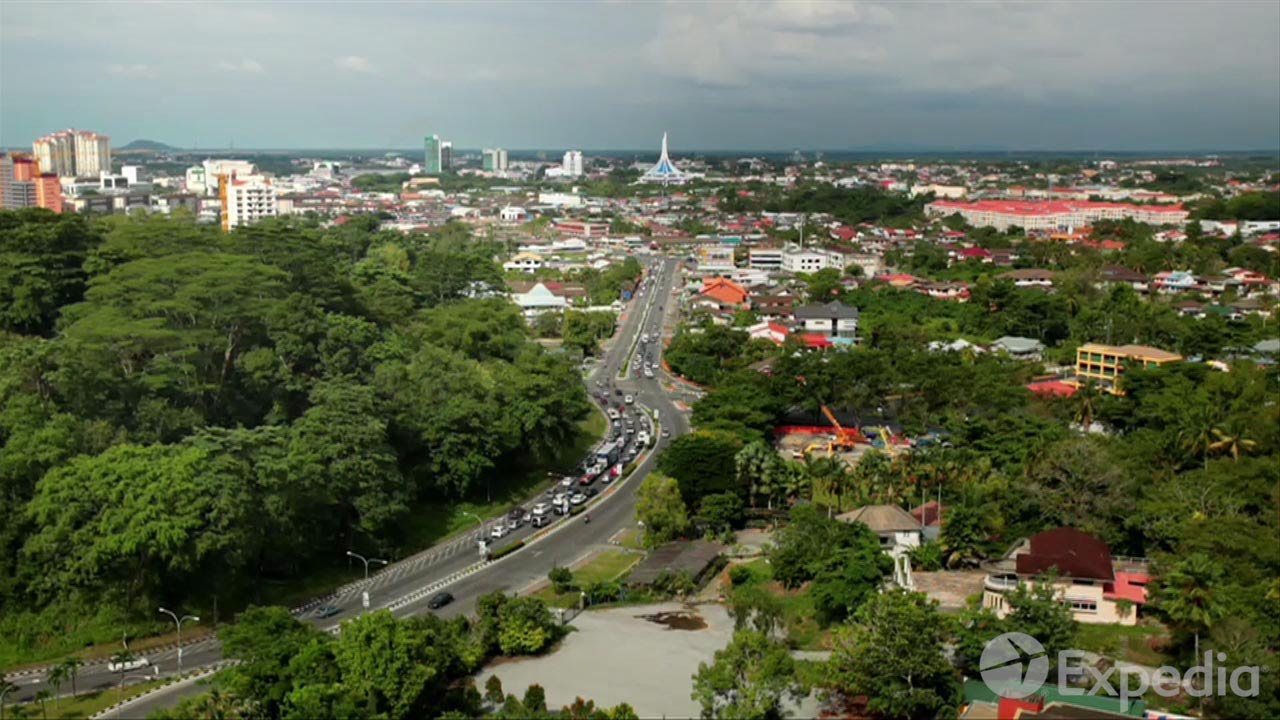Coimbra is a district capital and the largest city of the Centre Region of Portugal with around 150000 inhabitants.
Welcome to our travel guide, where we shine a light on Coimbra, the often overlooked yet stunningly beautiful old city.
Coimbra at a Glance
District Capital: Largest city in the central region of Portugal
Population: Approximately 150,000
Location: Nestled on the banks of the River Mondego
University of Coimbra
Renowned: The oldest university in Portugal and one of the oldest in Europe
Influence: Over time, it has shaped Coimbra into the “city of students”
Cultural and Artistic Heritage
Historical Significance: Once the intellectual capital of Portugal
Scenery: One of Portugal’s most picturesque cities, complete with the charming suburb of Santa Clara
City Layout: The ancient city, with its winding streets, sits atop a hill, while the newer districts spread out below in a more regular pattern
A Rich History
Early Settlements: Inhabited for thousands of years, with the Romans establishing the first European settlements
Roman Era: Known as Aeminium during Roman rule, which lasted until the 8th century
Moorish Rule: From 711 A.D., lasting over three centuries until 1064
Christian Reconquest: The city was integrated into the Portuguese Empire in the 12th century and became the capital by the mid-12th century, remaining so until 1255
Cultural Renaissance
15th & 16th Centuries: Coimbra was a hub of cultural importance, with numerous religious structures built during this period
Present Day
World Heritage: Both the city and its university hold this esteemed classification, reflecting their global significance
Stay tuned for more insights as we explore Coimbra’s enchanting streets and historical treasures.









